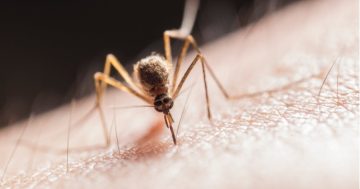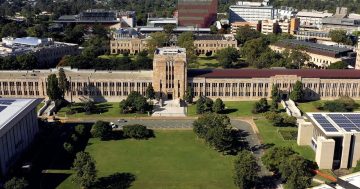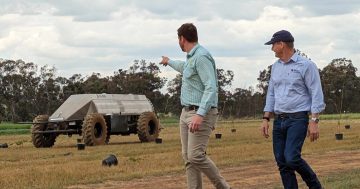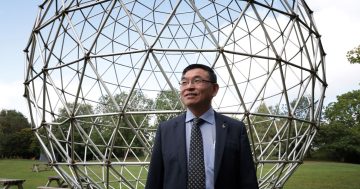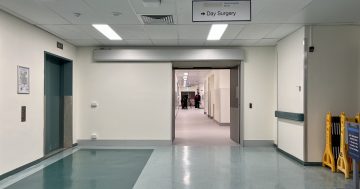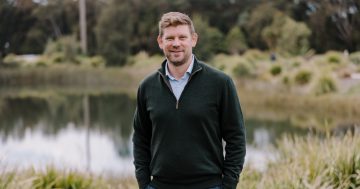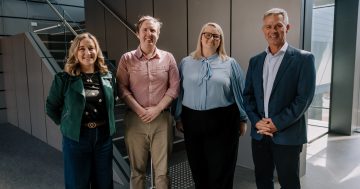 A national blueprint for the screening of melanoma, one of Australia’s most common and deadly cancers, is to be developed by researchers at the University of Queensland (UQ).
A national blueprint for the screening of melanoma, one of Australia’s most common and deadly cancers, is to be developed by researchers at the University of Queensland (UQ).
Professor in Behavioural Science at the UQ Centre for Health Services Research, Monika Janda will head the research team, which has been awarded a $5 million Synergy Grant from the National Health and Medical Research Council.
Professor Janda said Australia had the highest melanoma rates in the world, with around 16,000 people diagnosed every year.
“This research program will answer some key questions about who needs skin screening, how often people should be screened, the most trustworthy and cost-effective risk-tailored screening pathways, and the role of digital technologies in improving the screening examination,” she said.
“Based on the evidence, the team will then outline the best design for a future screening program.”
Professor Janda said while there were cancer screening programs for bowel, breast and cervical cancer, there was no program for melanoma, which claimed the lives of 1,700 Australians annually.
“A screening program could formalise the process of skin checks across Australia and prevent more serious melanomas,” she said.
“Studies show that people who have had a skin examination over the past three years are more likely to have thinner and therefore more curable melanomas.”
Professor Janda said the research had been further enabled through the Australian Cancer Research Foundation’s Australian Centre of Excellence in Melanoma Imaging and Diagnosis.
She said the Centre would roll out 15 total body imaging machines that created a 3D avatar of a patient to better track and detect changes to spots on the skin.



